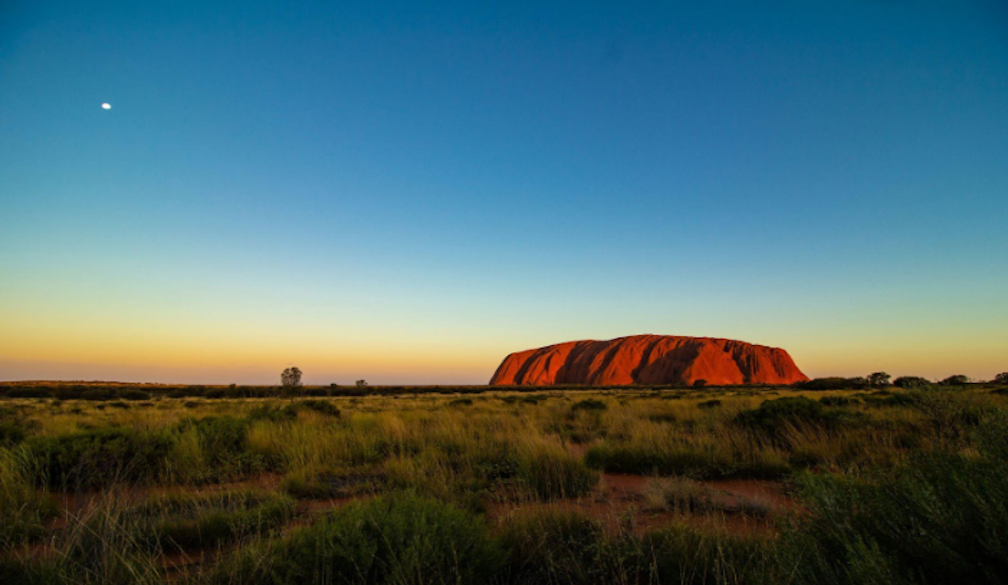What We Can Learn from the Cultural Traditions of Indigenous Australians

Across the vast landscapes of Australia, thousands of years' worth of stories, knowledge, and cultural traditions still pulsate through the present day. These are the living legacies of Indigenous Australians, the oldest continuing cultures on Earth.
There’s a growing recognition, both within Australia and worldwide, that these traditional systems have something crucial to offer us all. Whether it’s rethinking how we live with the land or exploring what it means to be part of a community, Indigenous cultural traditions are full of teachings that feel especially relevant today.
In this article, we’ll explore what those traditions mean, how they’ve been maintained over tens of thousands of years, and why they offer valuable lessons—not just for Indigenous communities but anyone seeking a more grounded, respectful, and sustainable way of living.
The Foundations of These Traditions
When you explore the heart of Indigenous Australian culture, you’re not just looking at customs or rituals—you’re stepping into a whole philosophy of life. These cultural traditions are built on interwoven knowledge systems stretching back more than 60,000 years, evolving in close relationship with the land and the people who care for it.
One of the most potent elements of this tradition is the oral storytelling that connects generations. Stories are more than entertainment—they’re how knowledge is passed down. Through tales of the Dreaming, ancestral beings, and sacred sites, people learn not just about history but also about responsibilities to family, Country, and spirit. These stories teach rules for living, offer moral guidance, and encode ecological knowledge that helps communities thrive in often harsh environments.
Then there’s kinship—a social system far more complex than the Western idea of family trees. Kinship governs everything from marriage rules to how people interact, care for children, share resources, and even where they’re allowed to walk on Country. It’s not just about bloodlines; it’s about roles and relationships that ensure balance and mutual respect within communities. Everyone has a place, and that place comes with duties to others.
At the centre of it all is Country—not “the country” as in rural land, but Country with a capital C—living landscapes that are sentient, spiritual, and deeply tied to identity. People belong to a Country, not the other way around. This relationship is layered with responsibility, care, and ceremony.
Community, Country, and Connection
To understand the heartbeat of Indigenous Australian culture, you have to look at the intricate ties between people, place, and purpose. Community, Country, and connection aren’t separate strands—they form a single woven thread that runs through everyday life. Together, they shape a worldview where identity isn’t defined in isolation, but through belonging—belonging to family, land, and story.
This sense of community stretches far beyond the immediate household. Kinship systems, some of the most sophisticated social structures in the world, dictate not just who is family but how people relate, care, and take responsibility for one another. Its framework offers stability, assigning clear roles and obligations that create balance across generations. In a world where social isolation is rising, collective interdependence feels both wise and deeply necessary.
Country is just as much a part of this relational world. It’s not a backdrop to human life—it’s a living presence. When Indigenous people speak of Country, they talk about an entity with memory and spirit, a force that holds stories, law, and lineage. The connection is intimate. You don't own the land; you live with it, and in return, it shapes who you are. When that connection is severed—through forced removal, destruction of sacred sites, or environmental damage—the loss goes far beyond geography. It’s a rupture in identity.
Reconnection, then, becomes more than symbolic.
What the Broader Society Can Learn
At the heart of these cultures and beliefs lies a fundamentally different relationship to the world. This is less based on ownership or control, but on care, responsibility, and reciprocity. Land, for example, isn’t a commodity to be bought or sold, but a living entity to which people are accountable. That’s why culturally aware frameworks are becoming essential to helping Indigenous Australians manage wealth in ways that honour identity and protect community wellbeing.
The flow of time also feels different when viewed through an Indigenous lens. Rather than rushing toward efficiency and constant productivity, time is shaped by seasons, ceremony, and community rhythms. Decisions aren’t made in isolation or haste—they’re made with the long view in mind, considering the impact on future generations. In a world that too often trades depth for speed, this slow, steady wisdom offers an alternative path grounded in patience and collective care.
Learning from these traditions also means confronting the limits of our current systems. The value of listening—not just hearing, but absorbing—sits at the centre of Indigenous knowledge-sharing. Elders are listened to not because of their titles, but because their experiences carry weight. Their stories hold memory, law, and guidance. In contrast, modern institutions often prioritise novelty over wisdom, speed over reflection. There’s something deeply instructive in that contrast.
This isn't a call to romanticise or replicate Indigenous culture—it’s an invitation to engage with it meaningfully. When we step away from tokenism and lean into genuine dialogue, it becomes clear that Indigenous knowledge has much to offer in shaping a more grounded, just, and interconnected future. It’s not about reaching backwards, but about recognising that some of the most enduring answers have been here.
There’s a deep well of wisdom within Indigenous Australian cultures—wisdom that has been quietly sustained for tens of thousands of years through story, kinship, and a profound connection to land. These traditions are not relics of the past; they are living systems, constantly adapting while holding to values prioritising care, continuity, and community.
















